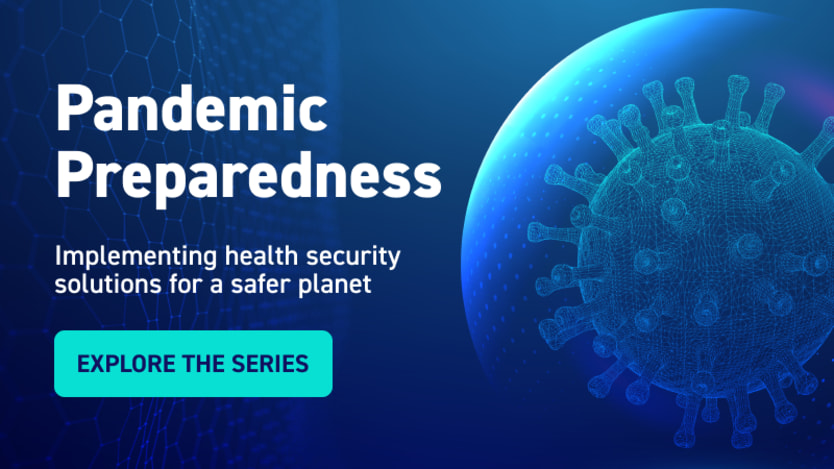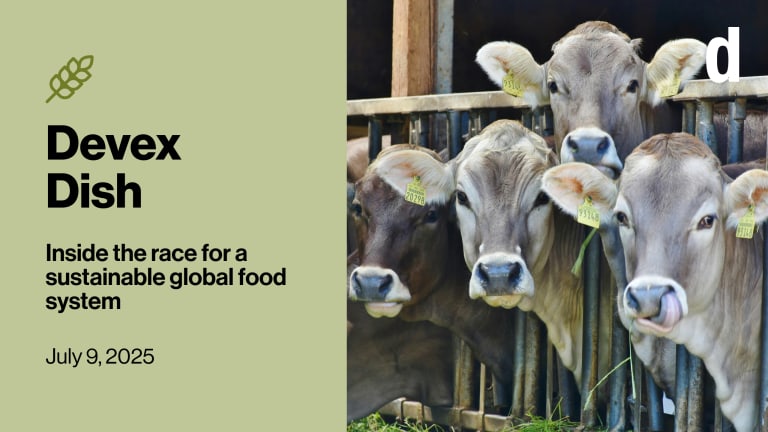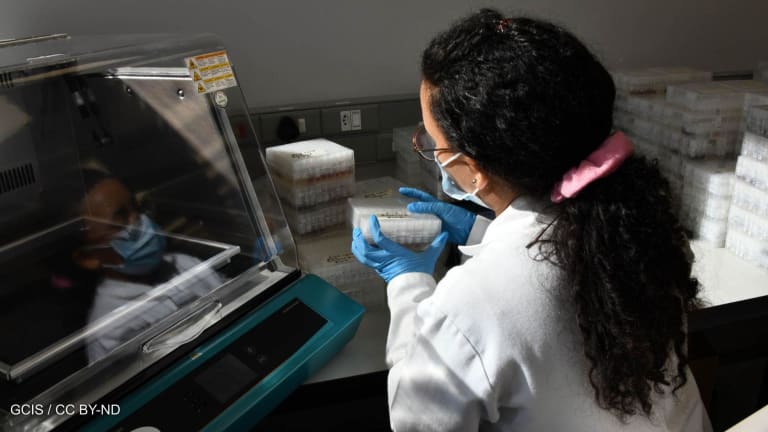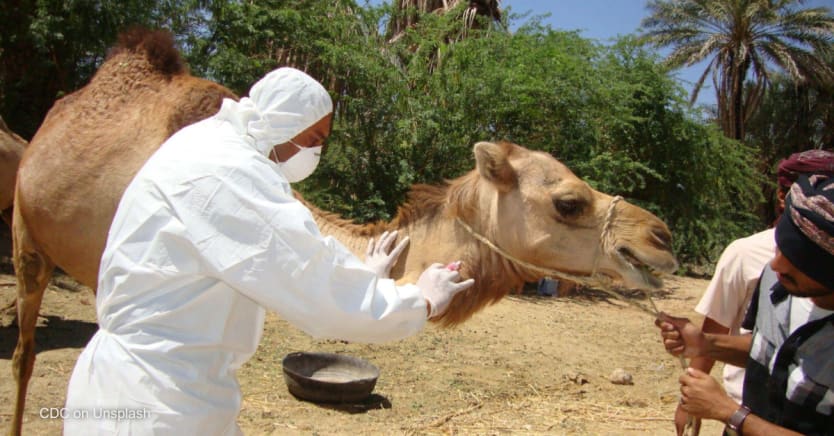
To prevent future pandemics, it is fundamental to understand the reasons behind the outbreak of infectious diseases. The majority of highly infectious diseases observed in humans are, in fact, caused by illnesses that first arise in animals. As stated by the United Nations Environmental Programme, about 6 out of every 10 infectious diseases that can infect humans, and 3 out of every 4 emerging infectious diseases, are zoonotic — meaning they originate from animals. Multihost pathogens that move among different animal hosts, including humans, represent approximately 80% of all animals. The animal-to-human transmission often derives from wild species that infect domestic creatures, which then inevitably infect humans.
Infectious illnesses can rapidly spread between humans and potentially result in worldwide outbreaks. Pandemics are in fact outbreaks of infectious diseases that touch a large portion of the global population within an extensive geographical area over a certain period of time. As witnessed on multiple occasions, diseases can become pandemics in a matter of days, thereby endangering global health. Unless regions take immediate action to control zoonotic contagions, global outbreaks will inevitably become more common.
Easy transmission
Historically, these transmissions have been observed since the Neolithic period, which witnessed a social shift from hunter-gatherers to agricultural settlements. Later, major outbreaks included the zoonotic bubonic plague, colonial illnesses brought from Europe to the Americas, which were accountable for the death of nearly 95% of the Indigenous population, the tuberculosis outbreak of the 19th century, the zoonotic sleeping illness, whose spread was enabled by the colonial invasions in Africa and led to the death of one-third of Uganda’s population alone, the 20th-century influenza pandemic, and many more. More recent zoonotic outbreaks touching modern society include HIV, malaria, bird flu, coronaviruses, and swine flu.
In the past century, the substantial increase in the global population, the decline in preserved natural environments, and the less definite separation between humans, livestock, and wildlife have all contributed to the increase in emerging zoonoses. The pathogen spillover is usually the consequence of human behavior linked to intensified livestock, ecosystem corruption, and wildlife exploitation.
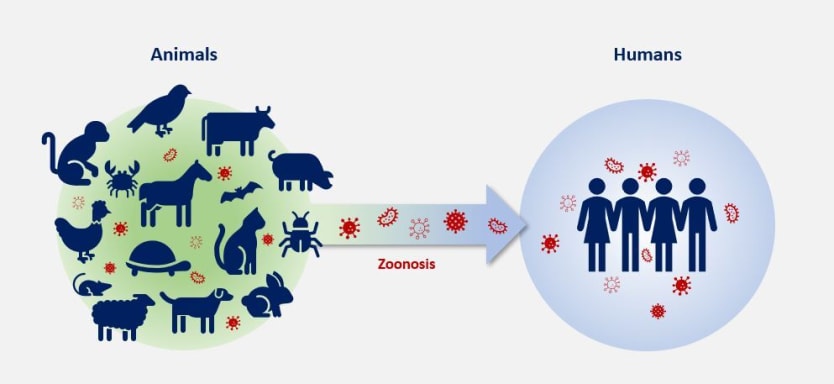
To prevent these outbreaks from happening, local surveillance organizations are responsible for notifying the World Health Organization of witnessed outbreaks of infectious agents deriving from animals, and for carefully monitoring their behavior and proliferation throughout regions. Unless a neutrally orchestrated early warning detection alert system is put in place globally, this task can become extremely tough, or even impossible, when data is not shared publicly.
The importance of early warning and detection
To support early warning and detection, a system of robust data gathering and sharing needs to be put in place and be continuously fed with live information. The data needs to be relevant and processed by algorithms that, through artificial intelligence and analytics, can produce automated risk assessments, notifications aimed at supporting governments and authorities, and geolocalization-based tracking systems to monitor the spread and inform populations of potential risks.
For this monitoring system to be as accurate and insightful as possible, analyzed data should not only focus on direct lab-derived indicators, but also on seemingly less straightforward indices. To have a comprehensive vision of the different variables that could be included in the analysis, the “One Health” and “EcoHealth” approaches serve as points of reference.
One Health is the collective effort of numerous disciplines to achieve optimal health for people, animals, and the environment. This approach is characterized by a cross-disciplinary prevention-focused set of measures and protocols aimed at reaching optimal health for people, animals, and the environment. This method is a crucial instrument to prevent and manage diseases interlacing between the human, animal, and environmental spheres.
EcoHealth is instead defined as a set of comprehensive approaches linked to the social and ecological interactions with the goal to restore ecosystems or address root causes linked to human activities, such as wildlife trade, farming-level risk factors, the protection of wetlands, and more.
In fact, preventing zoonotic outbreaks entails cross-disciplinary associations between animal, human, and environmental health indicators. It is extremely valuable to not only focus exclusively on pathogen tracing and analysis but to understand human-social behavior as a whole. An example of the latter was the spiking price of garlic in China during the emergence of the severe acute respiratory syndrome, or SARS, pandemic in the early 2000s.
The increased demand was related to the infectious waves because of the belief of garlic having immunity-boosting benefits. In substance, it is important to have a global overview that may touch human, animal, and environmental aspects altogether, spotting potential correlations. SICPA can be a key player to sustain entities in this task.
Market leader in security inks and leading provider of secured authentication, identification, traceability, and supply chain solutions, SICPA is a long-trusted partner to governments, central banks, high-security printers, and the industry. Among SICPA’s multiple industries focus, the Health Security Solutions scope is dedicated to developing new solutions that will help authorities monitor and anticipate health risks, reinforcing their autonomy and enhancing their systems’ response to health crises.
SICPA has been focusing on providing solutions for early detection and pandemic prevention in support of governments and entities. The importance of early detection is undoubtedly one of the fundamental solutions to prevent epidemics and pandemics, allowing governmental bodies to take immediate action and limit the spread of diseases. Monitoring the animal population, together with other influential factors, is a priority that could prevent future health emergencies.
A lot has been said during the past years about testing wastewater as an early means to spot pathogens for COVID-19, polio, monkeypox, and many more. Has the time come to selectively test animal pathogens in farms’ wastewater, ponds, rivers, lakes, and melting glaciers? It is crucial to follow the circulation of epidemics in animal populations to better monitor the risk of propagation. SICPA can provide health authorities with the right tools to better monitor these risks.
Visit SICPA’s website or reach out via email to know more.
Visit the Pandemic Preparedness series for details on how we can implement health security solutions for a safer planet. Join the conversation by using the hashtag #PandemicPreparedness.
